Main attractions
There is so much to see and do in Budapest
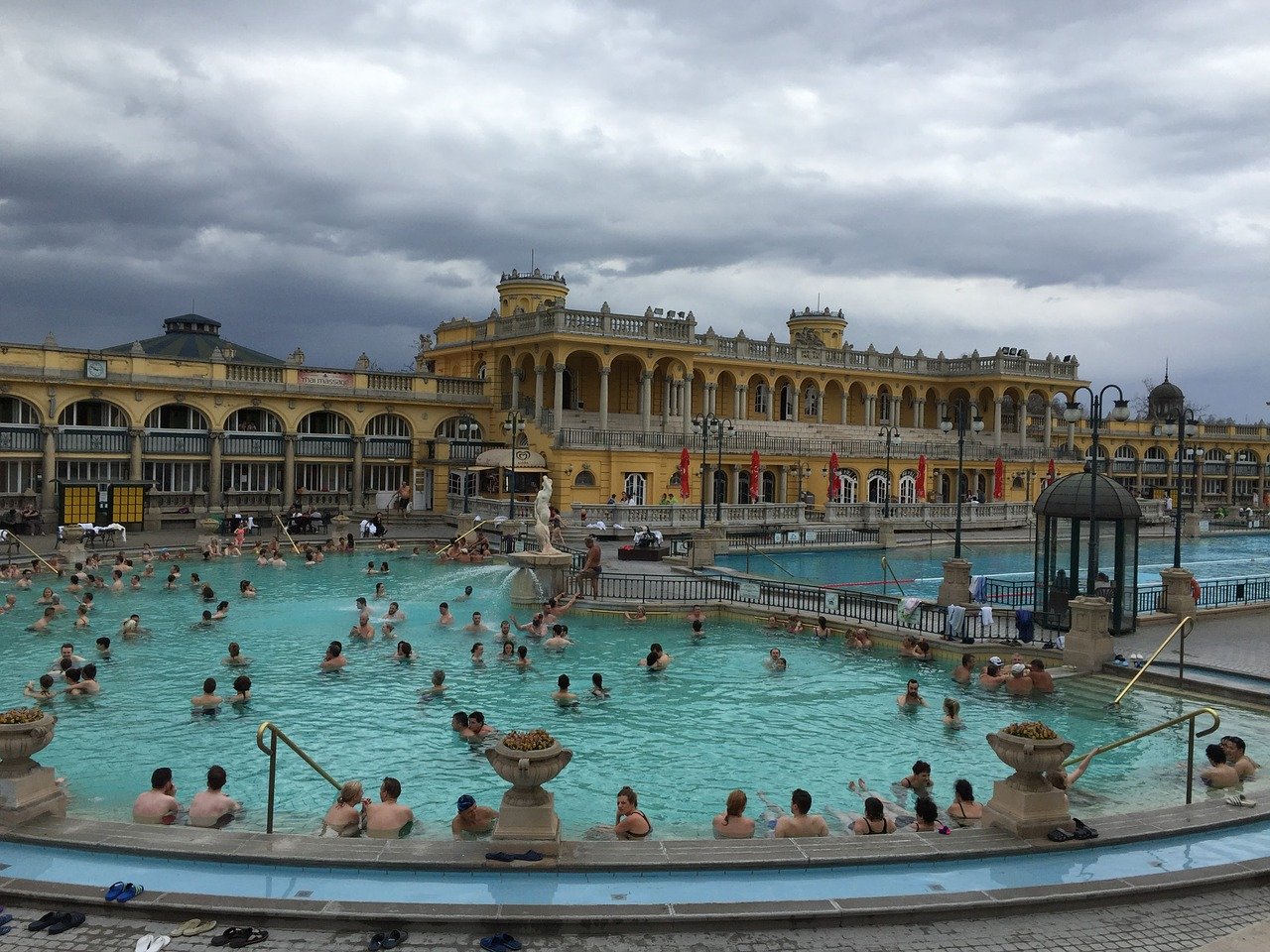
Széchenyi Bath
The Széchenyi Thermal Bath is one of the largest spa complexes in Europe. It’s also the first thermal bath of Pest. It owes its existence to Vilmos Zsigmondy, a mining engineer. This complex has 18 pools, 3 outdoor and 15 indoor pools. The swimming pool and thermal sections are mixed. Every pool has a different temperature between 22-42 °C.
Gellert bath
We find records about the „miraculous” springs spurting up on the territory of the Bath from as early a date as the 15th century. These springs were later favored by the Turks as well, as they were larger and hotter than the Buda baths of the period. In the 17th century, the site was named Sárosfürdő (Mud bath) because of the fine spring silt that was pushed up together with the spring water and settled at the bottom of the pools.
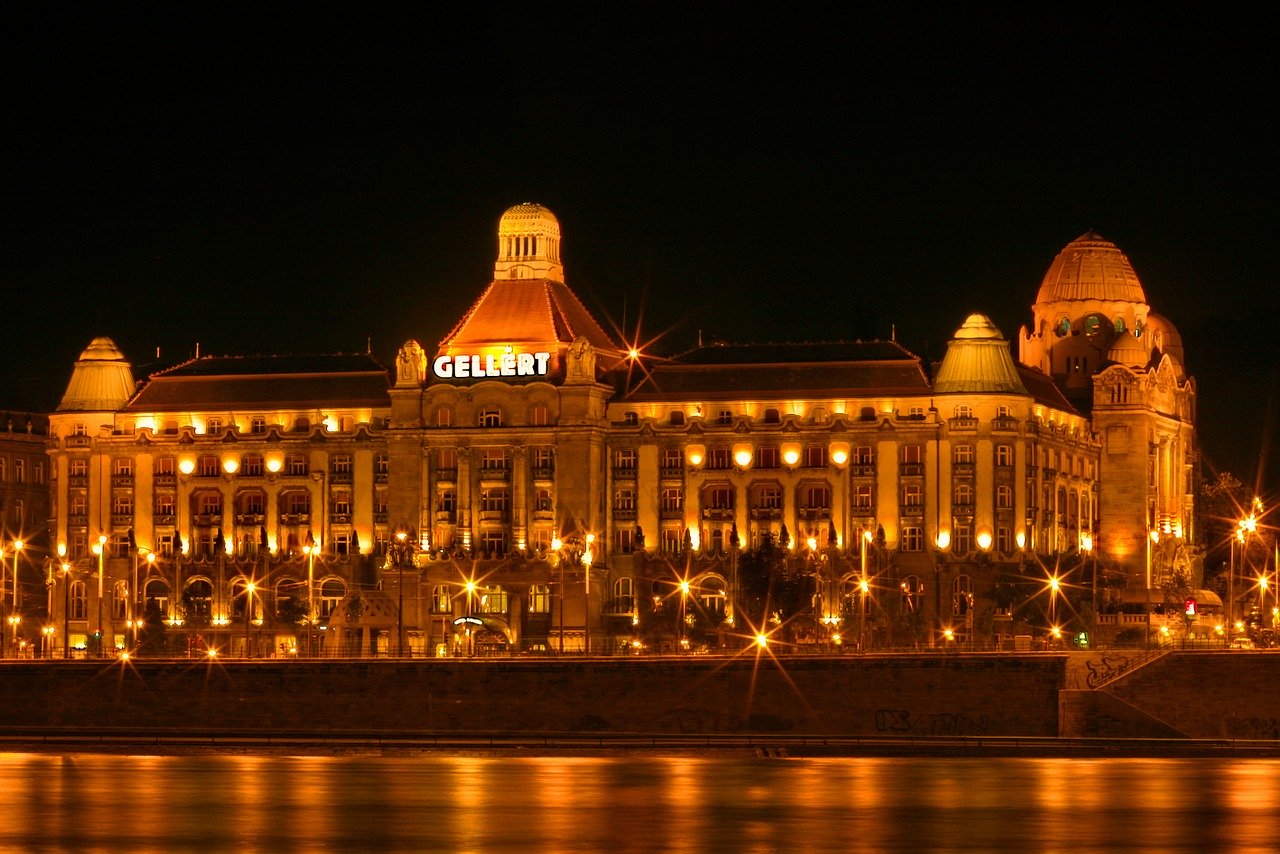
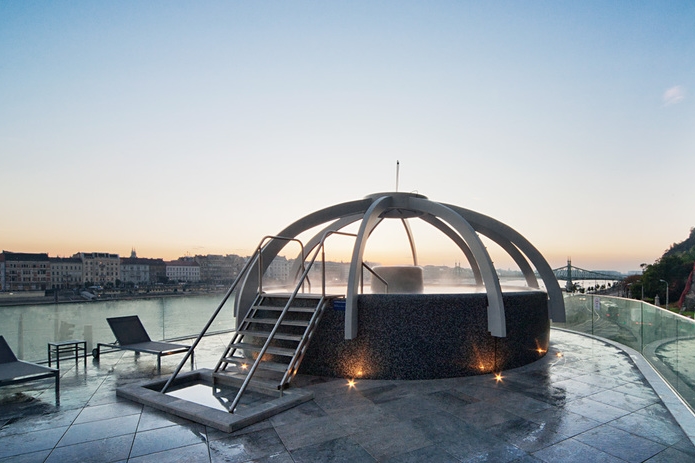
Rudas Thermal Bath
The centerpiece of the bath today, the Turkish bath, was built during the 16th century in the period of the Turkish occupation. Below the 10 m diameter dome, sustained by 8 pillars, there is an octagonal pool.
Buda castle
It has been a cultural and strategic focal point of the city for centuries and was also the site of over 30 sieges. The inevitable damage resulted in several episodes of rebuilding, often re-using stones from the rubble and lending to the district a fascinating mix of architectural styles. The showpieces are the spectacular Mátyás Church and the Buda Royal Palace to the south. In addition, the views over Pest from the Fishermen’s Bastion will take your breath away.
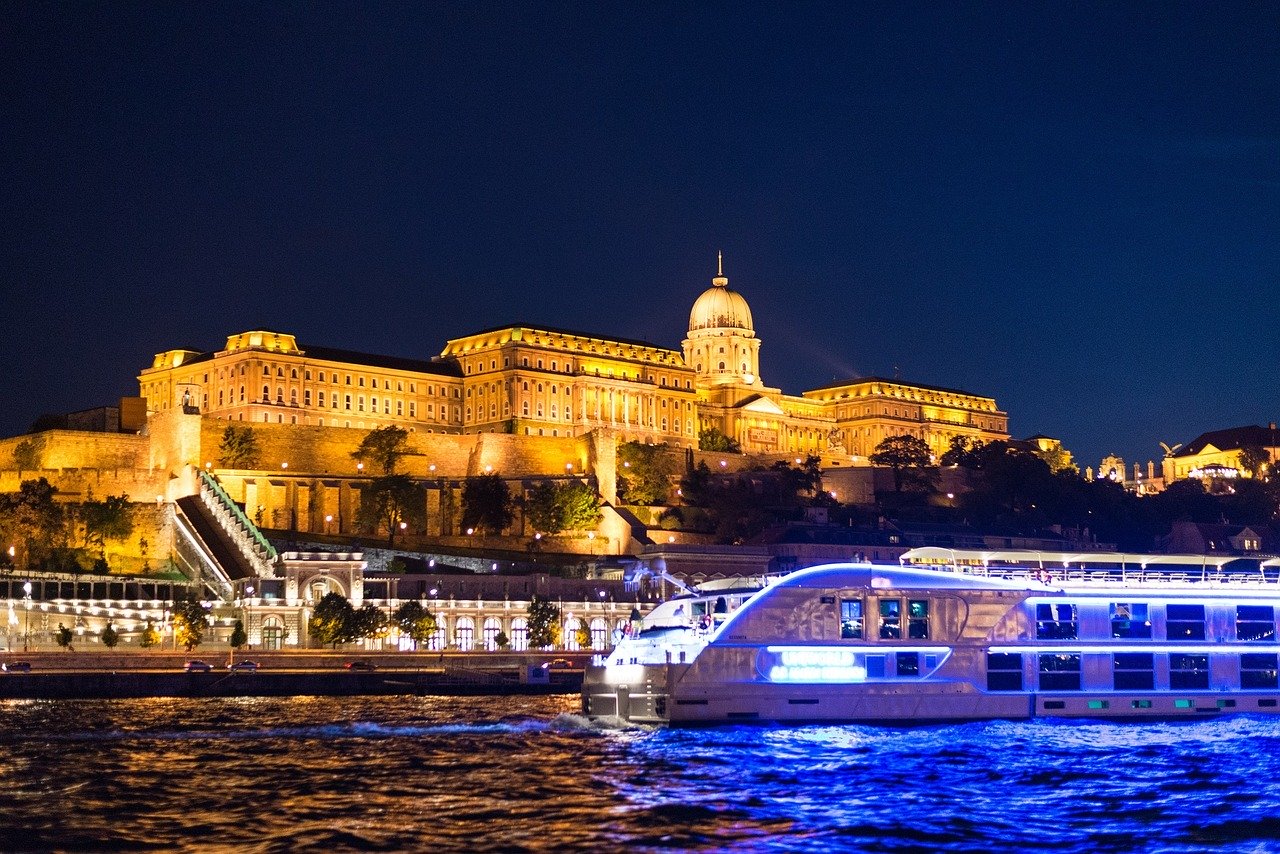
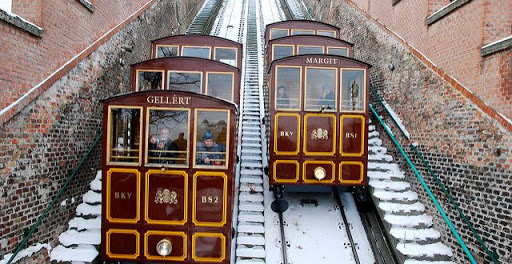
Funicular
This 100 meters long lane opened in 1870. The concept behind its construction was to provide cheap transportation for state officials working in the Castle Area. In the beginning, it worked by a steam engine, but today’s carts are driven by electricity. The two carts are connected by a strong steel cable which makes them moving in a way like a pendulum; every time one goes upwards the other go down simultaneously.
Chain Bridge
The Chain Bridge was the first permanent stone-bridge connecting Pest and Buda, and only the second permanent crossing on the whole length of the river Danube. It is one of the symbolic buildings of Budapest, the most widely known bridge of the Hungarian capital.
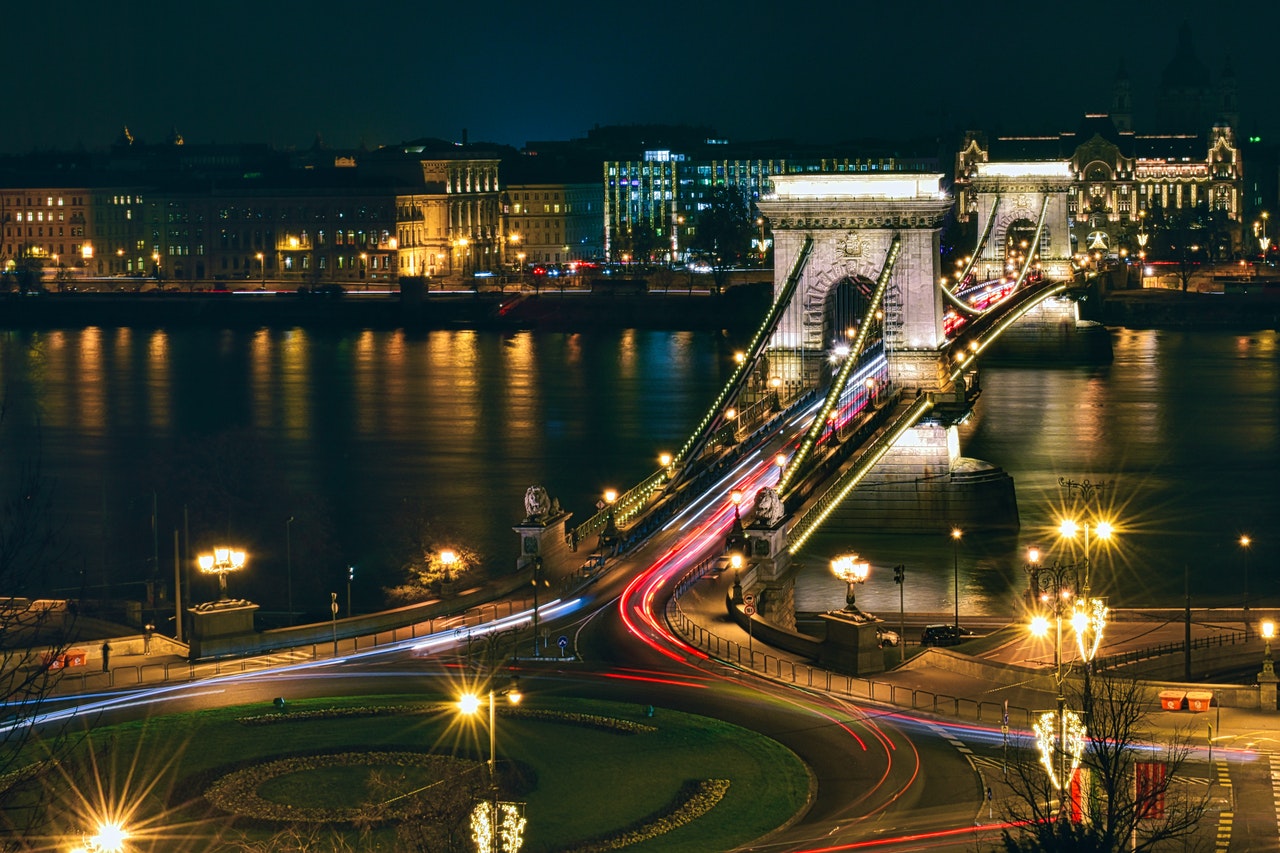
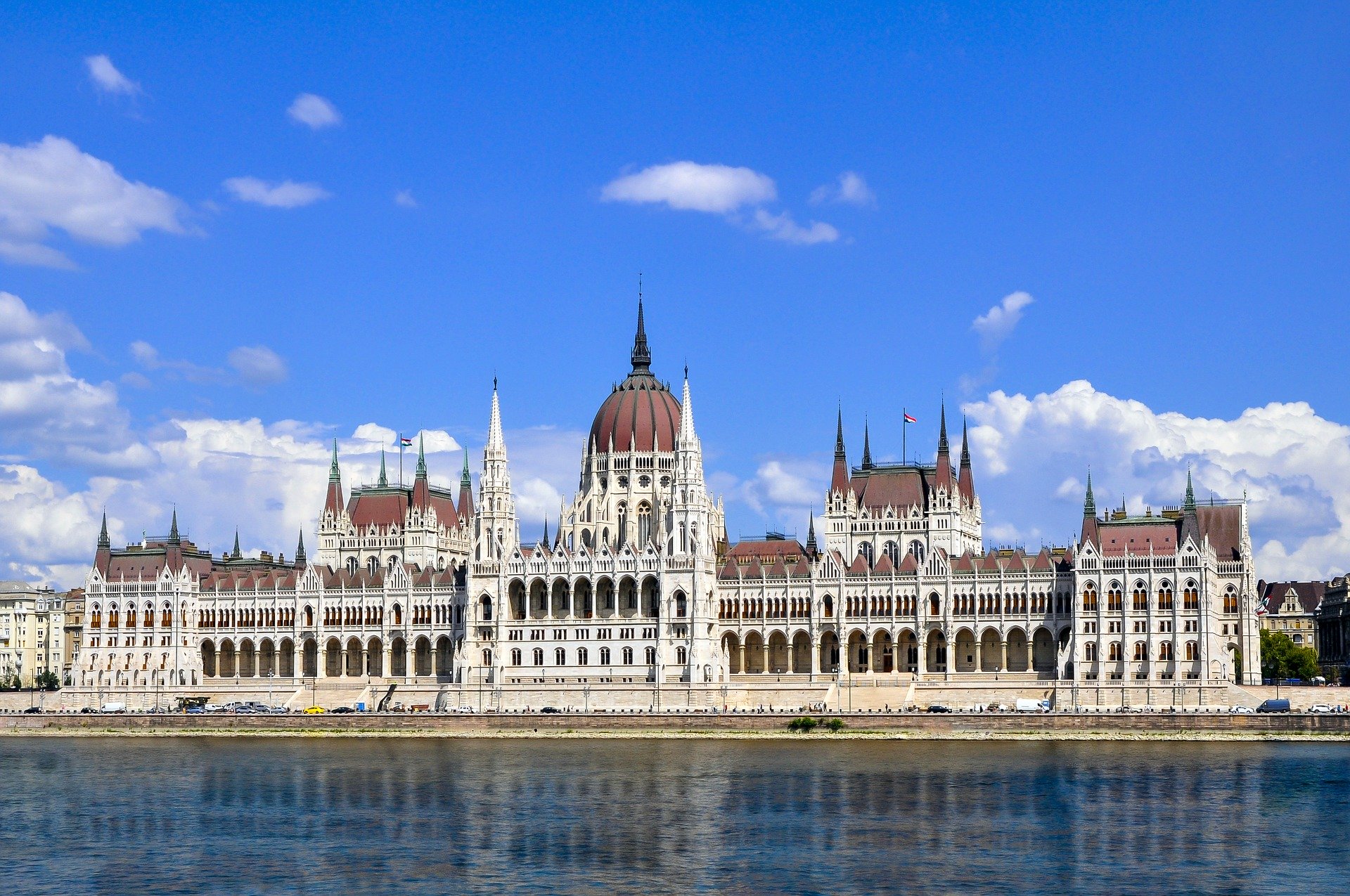
Parliament
The world’s second-largest parliament building is a postcard favorite, particularly when reflected in the River Danube below it. As the millennial celebrations of 1896 approached, the nation’s demand for representation channeled the conception of a unique Parliament building.

Széchenyi Bath
The Széchenyi Thermal Bath is one of the largest spa complexes in Europe. It’s also the first thermal bath of Pest. It owes its existence to Vilmos Zsigmondy, a mining engineer. This complex has 18 pools, 3 outdoor and 15 indoor pools. The swimming pool and thermal sections are mixed. Every pool has a different temperature between 22-42 °C.

Gellert bath
We find records about the „miraculous” springs spurting up on the territory of the Bath from as early a date as the 15th century. These springs were later favored by the Turks as well, as they were larger and hotter than the Buda baths of the period. In the 17th century, the site was named Sárosfürdő (Mud bath) because of the fine spring silt that was pushed up together with the spring water and settled at the bottom of the pools.

Rudas Thermal Bath
The centerpiece of the bath today, the Turkish bath, was built during the 16th century in the period of the Turkish occupation. Below the 10 m diameter dome, sustained by 8 pillars, there is an octagonal pool.

Castle hill
It has been a cultural and strategic focal point of the city for centuries and was also the site of over 30 sieges. The inevitable damage resulted in several episodes of rebuilding, often re-using stones from the rubble and lending to the district a fascinating mix of architectural styles. The showpieces are the spectacular Mátyás Church and the Buda Royal Palace to the south. In addition, the views over Pest from the Fishermen’s Bastion will take your breath away.

Funicular
This 100 meters long lane opened in 1870. The concept behind its construction was to provide cheap transportation for state officials working in the Castle Area. In the beginning, it worked by a steam engine, but today’s carts are driven by electricity. The two carts are connected by a strong steel cable which makes them moving in a way like a pendulum; every time one goes upwards the other go down simultaneously.

Chain Bridge
The Chain Bridge was the first permanent stone-bridge connecting Pest and Buda, and only the second permanent crossing on the whole length of the river Danube. It is one of the symbolic buildings of Budapest, the most widely known bridge of the Hungarian capital.

Parliament
The world’s second-largest parliament building is a postcard favorite, particularly when reflected in the River Danube below it. As the millennial celebrations of 1896 approached, the nation’s demand for representation channeled the conception of a unique Parliament building.
Everything you need, at your doorstep. Chain Bridge is 15 minutes by walk, St Stephan Basilica is 7-8 minutes by walk, Andrassy blvd 5 minutes by walk, the synagogue is 5-7 minutes by walk from the apartment.
Are you interested?